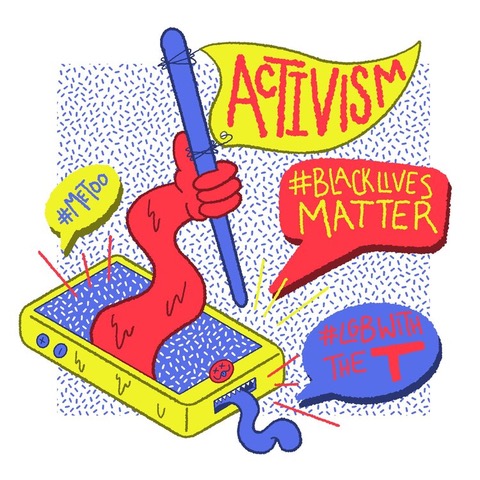What powerful institutions and individuals do young people want to reach?

Young people are often faced with a paradox. They are sometimes told to limit any change they want to make to small local issues. On the other hand, when we talk about making change, young people are often told go to their MP – close to the very apex of British power. But the power held in society that impacts young people resides in all kinds of places and institutions. Just like adults, young people need to address the multiple sources of the injustices they experience, both locally, regionally and nationally – even internationally. They also need to find their supporters and advocates in those places.
Here are some of the systems and locations of power that young people focused on, either for change or to work with them:
- Central government at Westminster
- National governments (Wales, Scotland and Northern Ireland)
- Local or regional authorities (Councils, Greater London Authority)
- Members of Parliament or the House of Lords
- Members of the Senedd / Northern Ireland Assembly / Scottish Parliament National government departments (for example, the Home Office)
- Local government departments (for example, local social services or leisure services)
- City Mayors
- Businesses, industry and/or corporations
- Traditional media
- Social media
- Prominent public figures (this could range from celebrities to people who are leaders and influencers in particular campaign areas)
- Care system
- Youth secure estate
- Health authorities
- National systems
- National charities
- Funders
- Other campaigners
- Local community organisations
- Schools and colleges universities
- G7
What powerful institutions and individuals do young people want to reach?

Young people are often faced with a paradox. They are sometimes told to limit any change they want to make to small local issues. On the other hand, when we talk about making change, young people are often told go to their MP – close to the very apex of British power. But the power held in society that impacts young people resides in all kinds of places and institutions. Just like adults, young people need to address the multiple sources of the injustices they experience, both locally, regionally and nationally – even internationally. They also need to find their supporters and advocates in those places.
Here are some of the systems and locations of power that young people focused on, either for change or to work with them:
- Central government at Westminster
- National governments (Wales, Scotland and Northern Ireland)
- Local or regional authorities (Councils, Greater London Authority)
- Members of Parliament or the House of Lords
- Members of the Senedd / Northern Ireland Assembly / Scottish Parliament National government departments (for example, the Home Office)
- Local government departments (for example, local social services or leisure services)
- City Mayors
- Businesses, industry and/or corporations
- Traditional media
- Social media
- Prominent public figures (this could range from celebrities to people who are leaders and influencers in particular campaign areas)
- Care system
- Youth secure estate
- Health authorities
- National systems
- National charities
- Funders
- Other campaigners
- Local community organisations
- Schools and colleges universities
- G7
